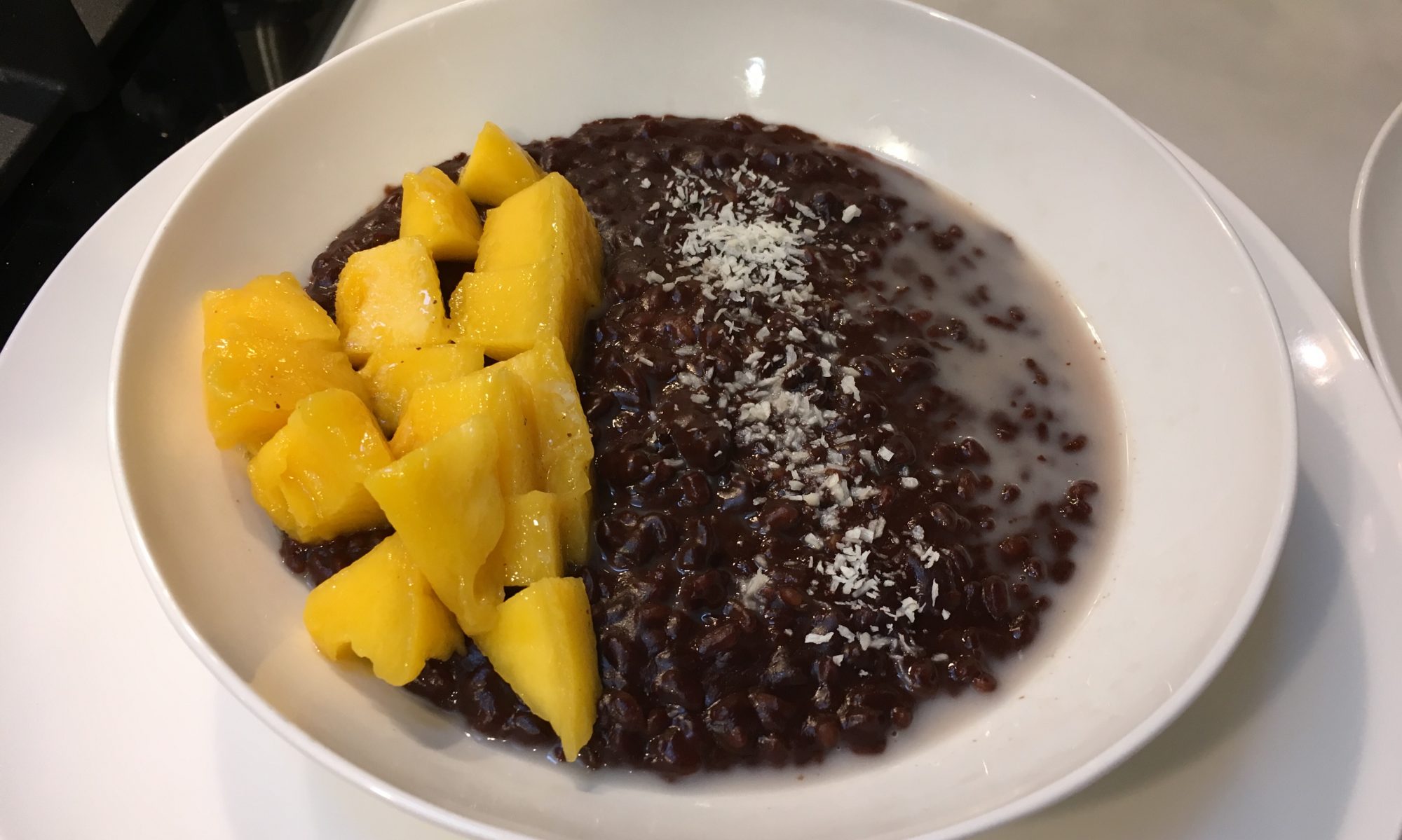Sesame seeds are used mostly as a decorative element in Spanish food, e.g. as topping on burger buns or in “rosquilletas” (a sort of bread-based snack). The dishes with a much stronger presence of sesame seeds were all originating from Andalusia, such as tortas de anís and mantecados—possibly related to the Arab influence, but I’m hypothesising here.
I think I started “sesame seeding” my life after I tried Japanese food for the first time and I wanted to replicate some of the flavours at home. Apparently there was some mysterious ingredient called “sesame seed oil” that provided that extra “something” that my attempts were missing so far (no wonder something was amiss—I was using olive oil to cook Japanese stuff 😅). What a discovery!
Later I progressed to learn how to make hummus at home. It had a mysterious ingredient called tahini…! And once I discovered what it was, I wanted to put it on everything.
Then I started learning about all the sauces and dips you can make that involve tahini: whisk with a bit of water and it turns into a smooth dip. Add some garlic and it becomes nicely punchy. Or you can add lemon and yoghurt and it’s tangy and addictive. So many variations! All of them so tasty!
Of course, I also learned about the Divine Trinity: cumin, nigella and sesame seeds sprinkled on crackers or anything that deserves a good oomph. And there’s also my beloved dukkah, which you might have heard me talk rave about already many times.
But—and this is a big but—neither of these recipes really puts sesame front and center. I wanted to make something that would unashamedly declare its sesameness. Something where “sesame” was in the name of the recipe.
And so I came up with this sesame seed bread!
Continue reading “Sesame seed bread”






